A 38-year-old woman's success story of becoming a mother
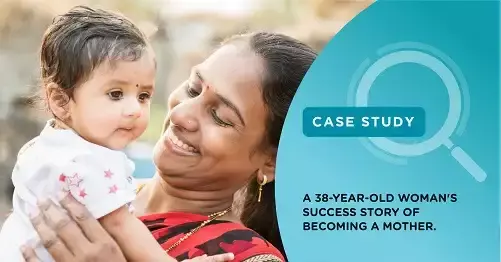
Female patient X was 38 years old and her male partner was 40 years old. Their marriage lasted seven years. After longing for a child, they finally decided to go to an infertility centre near their home.
Past History of Female Patient X
Elsewhere, the attending physician examined female patient X thoroughly and asked her to take some tests. Basic, Routine, and specific tests for fertilisation were conducted as per the attending physician’s advice. From the clinical findings, female patient X was initially recommended in vitro fertilization (IVF). Under the supervision of the physician, female patient X underwent IVF, a complex series of procedures used to help with fertility or prevent genetic problems and assist with the conception of a child. In this procedure, female patient X was monitored and stimulated during her ovulatory process, an ova or egg was removed from her ovaries, let sperm fertilise it in a lab culture medium, and the process was repeated. It was implanted in a uterus after the fertilised egg (zygote) underwent embryo culture for 2–6 days, with the goal of establishing a successful pregnancy. This method failed in her trial.
With the failure of IVF, the couple was suggested to better pursue intra cytoplasmic sperm injection (ICSI). In the ICSI process, a single sperm is injected into the centre of the egg. The fertilized egg (now called an embryo) grows in a laboratory for 1 to 5 days before it is transferred to the woman’s uterus (womb). There is no positive result in this method too.
IVF/ICSI was done for borderline ovarian reserve & advanced maternal age. Borderline Ovarian Reserve is when we see AMH between 1.0 to 1.4 ng/ml or 8-11 antral follicles at baseline sonogram.
Anti-Mullerian hormone or AMH is reflective of your ovarian reserve. AMH levels can also be used to better predict the success of IVF procedures when they are used as part of a thorough infertility evaluation.
IVF and ICSI for female patient X were done three times, but no success.
Finally, female patient X was recommended to have fresh day 3 embryo transfer and explained to female patient X about the procedures and methods. The couple agreed to proceed with this method.
Embryo Transfer:
A speculum is inserted into the vagina of female patient X to keep the vaginal walls open. Using ultrasound for accuracy, then a catheter with the embryos is passed through the cervix and into the womb. The process is usually pain free and rarely requires any sedatives. Unfortunately, female patient X did not get pregnant and this method failed in her case as well.
Visit to NOVA IVF
Following a lot of disappointment in delivering a baby, the couple planned to visit the best IVF centre in Delhi- NOVA IVF Vasant Vihar. They scheduled an appointment with the team of best IVF doctors at NOVA IVF Centre Vasant Vihar, and based on their problems she was given appointment for having a consultation with Dr Sandeep Talwar. After investigating all the clinical findings and 3 failures of IVF/ICSI and embryo transfer of female patient X, Dr. Sandeep Talwar decided first to go with a IVF/ICSI recovering oocytes and blastocytes. Female patient X was very cooperative during treatment. IVF/ICSI was done for female patient X and 6 oocytes and 4 blastocytes were recovered. Then, blastocytes were sent for pre-implantation genetic testing with aneuploidy screening. (PGT- A).
An oocyte is an immature egg (an immature ovum). Follicles develop oocytes into maturity. During each reproductive cycle, several follicles begin to develop but only one oocyte will be a matured egg and ovulated from its follicle. This process is known as ovulation.
In an IVF cycle, a blastocyst forms in a culture system in a laboratory. Eggs are retrieved from a woman's ovaries, fertilized with sperm, and an embryo is created. The embryo divides and multiplies its cells over 5 to 6 days to become a blastocyst. Embryos that survive to this stage of development have a high implantation potential once transferred into the uterine cavity.
PGT-A is a procedure that allows the determination of the chromosomal status of IVF embryos by screening all 23 pairs of human chromosomes. Only embryos with the correct number of chromosomes will be able to implant and develop into a healthy baby. Our PGT-A test uses the latest next-generation sequencing (NGS) technology to identify those embryos free from chromosome abnormalities, increasing the likelihood of pregnancy per transfer, reducing the risk of miscarriages, allowing confident in single embryo transfer.
The following common indications for prescribing PGT-A are:
- Maternal age over 34
- Paternal age over 40
- Unexplained infertility at any age
- Prior failed IVF without explanations
- Prior pregnancy losses>
After gone through PGT-A testing, only 2 embryos were normally taken from female patient X. These eggs were cryopreserved. Cryopreservation involves in vitro fertilization, a procedure in which eggs are removed from a woman’s ovary and combined with sperm in the laboratory to form embryos. The embryos are frozen and can later be thawed and placed in a woman’s uterus.
In her next cycle, endometrial receptivity array (ERA) was done to see about the window of implantation of female patient X. A report indicated that the embryo was pre-receptive, indicating a shifted implantation window for female patient X. The embryo transfer was planned for female patient keeping in view the ERA report.
ERA is a genetic test performed prior to frozen embryo transfer. This test aims to identify the best time for your embryo transfer, based on genetic testing to identify the window of implantation.
ERA may be advised if you had:
- repeated implantation failure
- failed IVF cycles despite the transfer of good quality embryos
The implantation window is defined as the period when the uterus is receptive for the implantation of the free-lying blastocyst. In the human, it is suggested that blastocyst apposition begins about LH day +6 and it is complete by LH +10.
The test results of the PGT-A were normal in 2 embryos transferred in subsequent cycles of female patient X. While going through Beta-human Chorionic Gonadotropin (β-hCG) of female patient X, the findings were 357 miu/ml. Ultrasonography (USG), an imaging test that uses sound waves to create a picture of how a baby is developing in the womb, was advised. It is also used to check the female pelvic organs during pregnancy. It showed a single live foetus.
β-hCG is a test that measures the amount of human chorionic gonadotropin (hCG) in the blood. This hormone is produced as soon as 10 days post-conception and an above-normal level can confirm pregnancy.
Remarks :
In case of repeated IVF failures, PGT-A is indicated especially for women with advanced maternal age to look for genetically normal embryos, which are fruitful. In this case, Dr Sandeep Talwar at the best IVF clinic in Delhi NOVA IVF fertility Vasant Vihar got 2 genetically normal embryos, and her window of implantation was also shifted. Hence, ERA with PGT resulted in a successful pregnancy and a 38-year-old woman has reached the goal of being a mother.
 Infertility Counselling
Infertility Counselling Female Infertility Treatment
Female Infertility Treatment Andrology Treatment
Andrology Treatment Fertility Enhancing Surgeries - Female
Fertility Enhancing Surgeries - Female Fertility Enhancing Surgeries - Male
Fertility Enhancing Surgeries - Male Endoscopy Treatment
Endoscopy Treatment IUI Treatment
IUI Treatment IVF Treatment
IVF Treatment ICSI Treatment
ICSI Treatment Advanced IVF Solutions
Advanced IVF Solutions Embryology
Embryology Vitrification Egg, Embryo, Sperm Freezing
Vitrification Egg, Embryo, Sperm Freezing Preimplantation Genetic Testing (PGT)
Preimplantation Genetic Testing (PGT) Donation Program Embryo / Egg / Sperm
Donation Program Embryo / Egg / Sperm Self-cycleTM IVF
Self-cycleTM IVF

 Self-cycleTM IVF
Self-cycleTM IVF


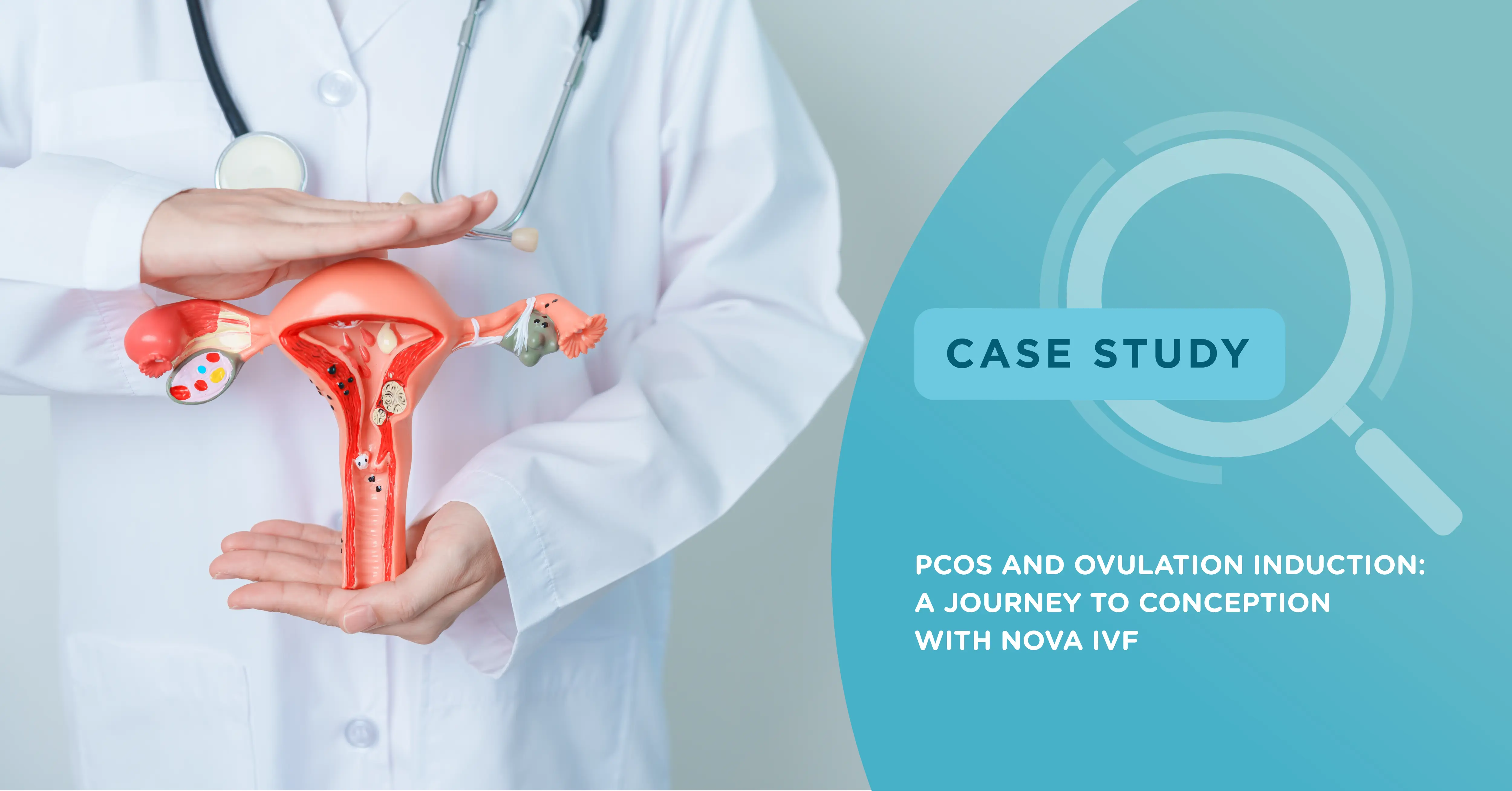
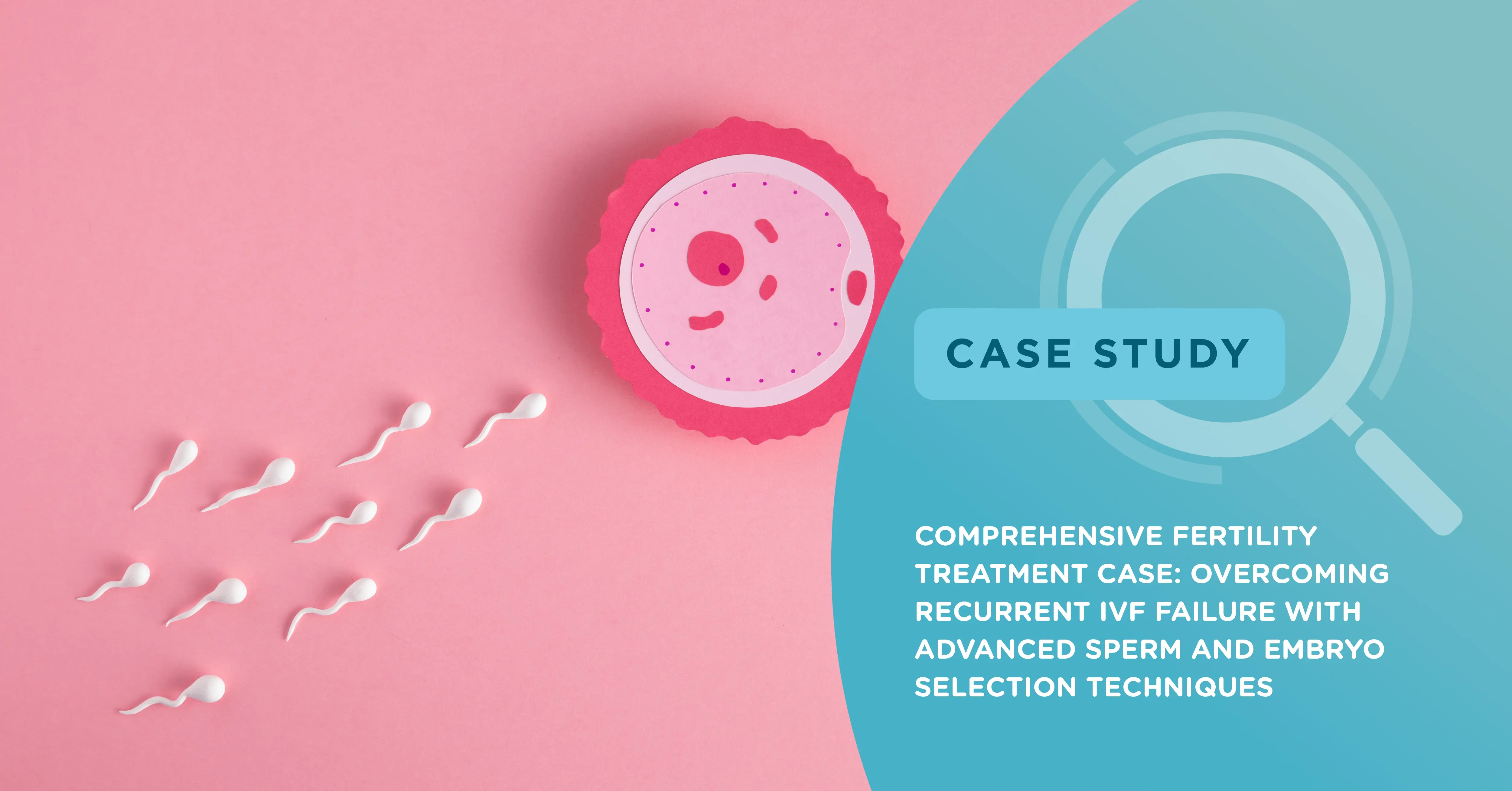
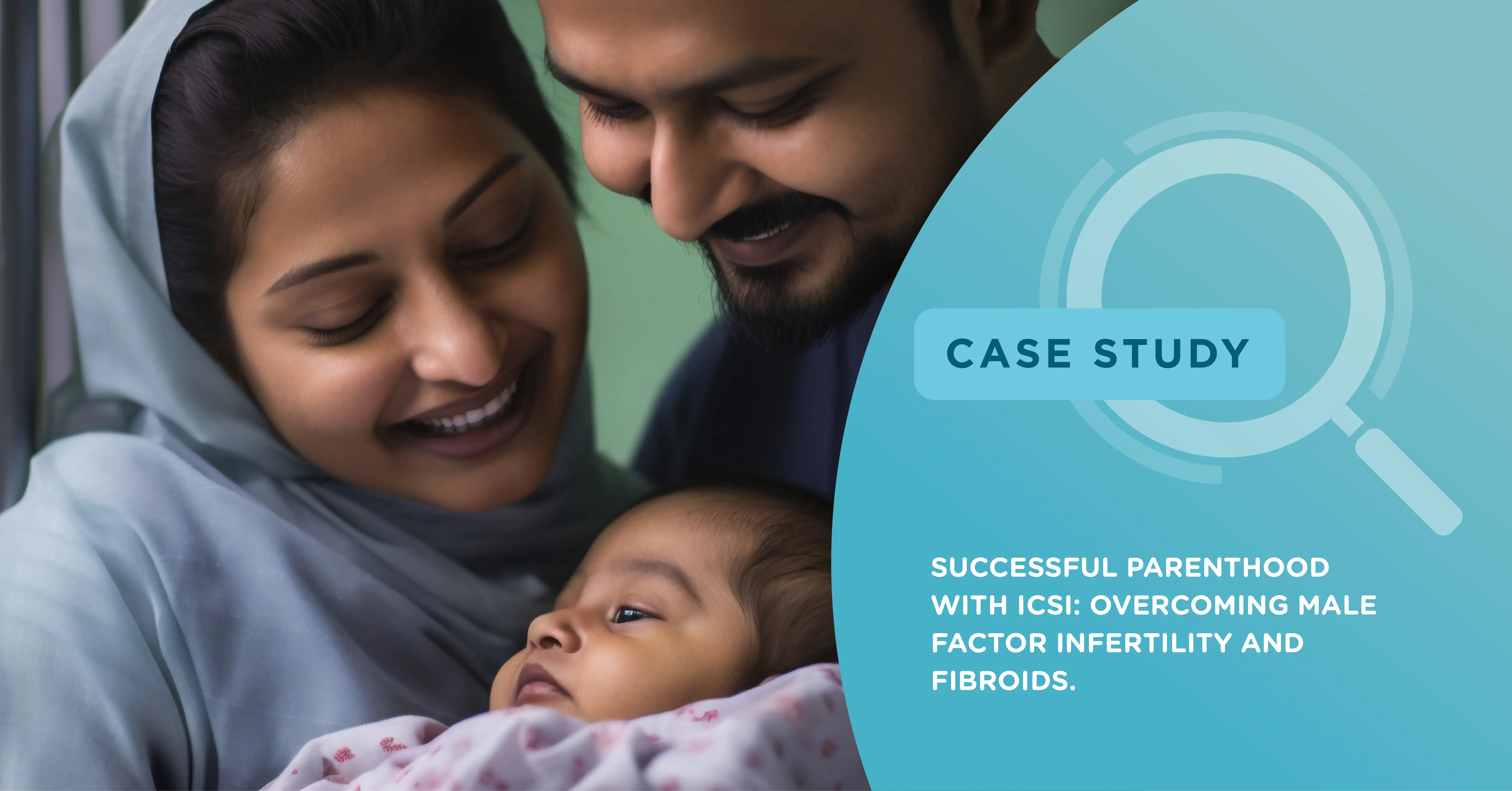
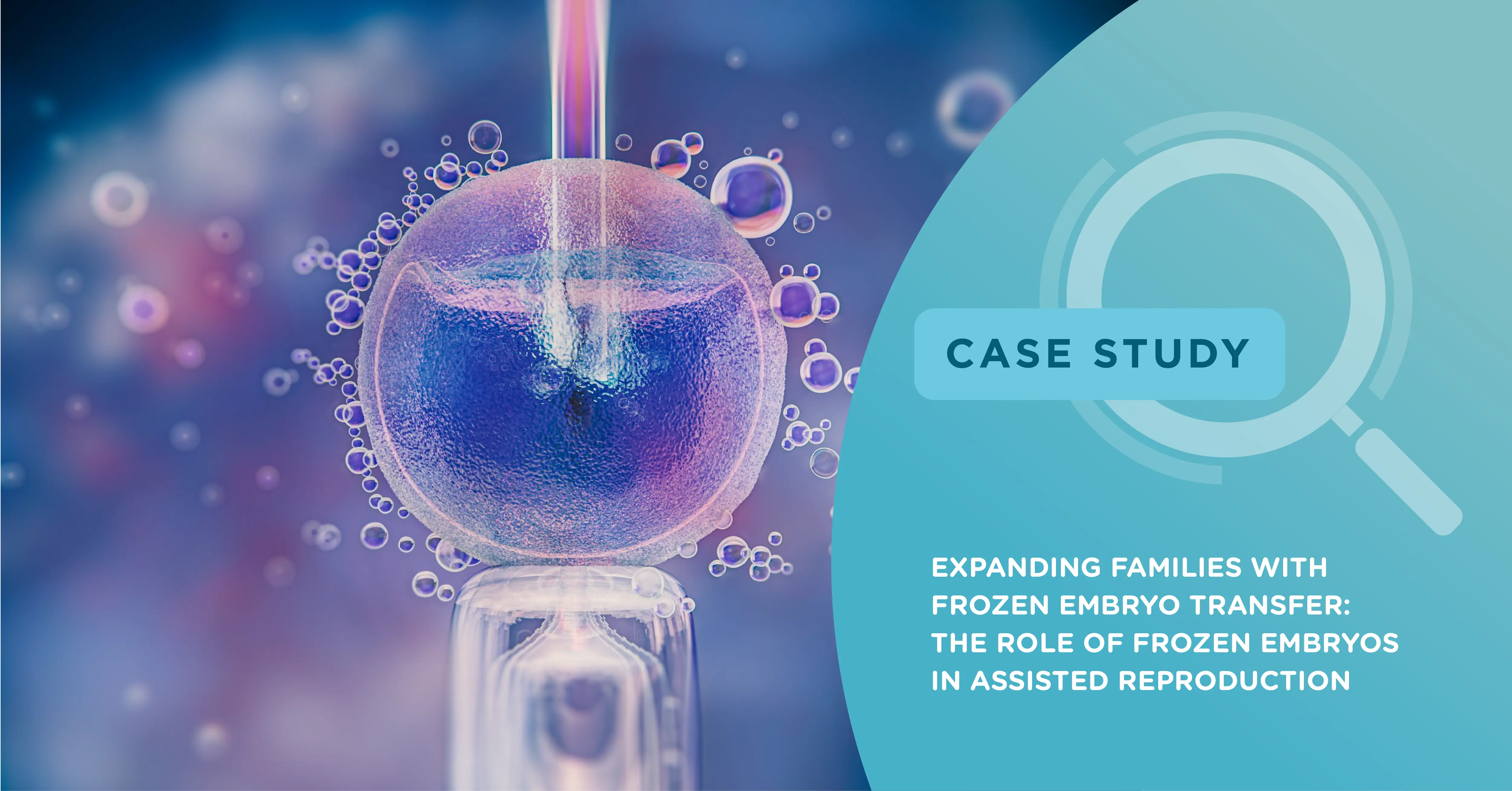

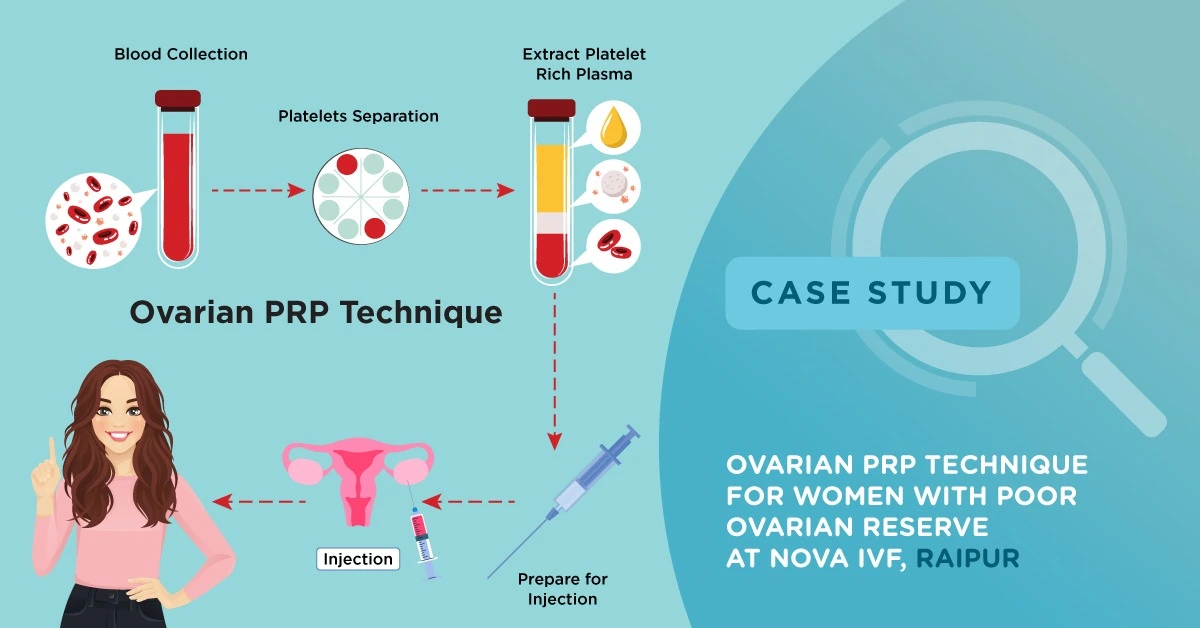
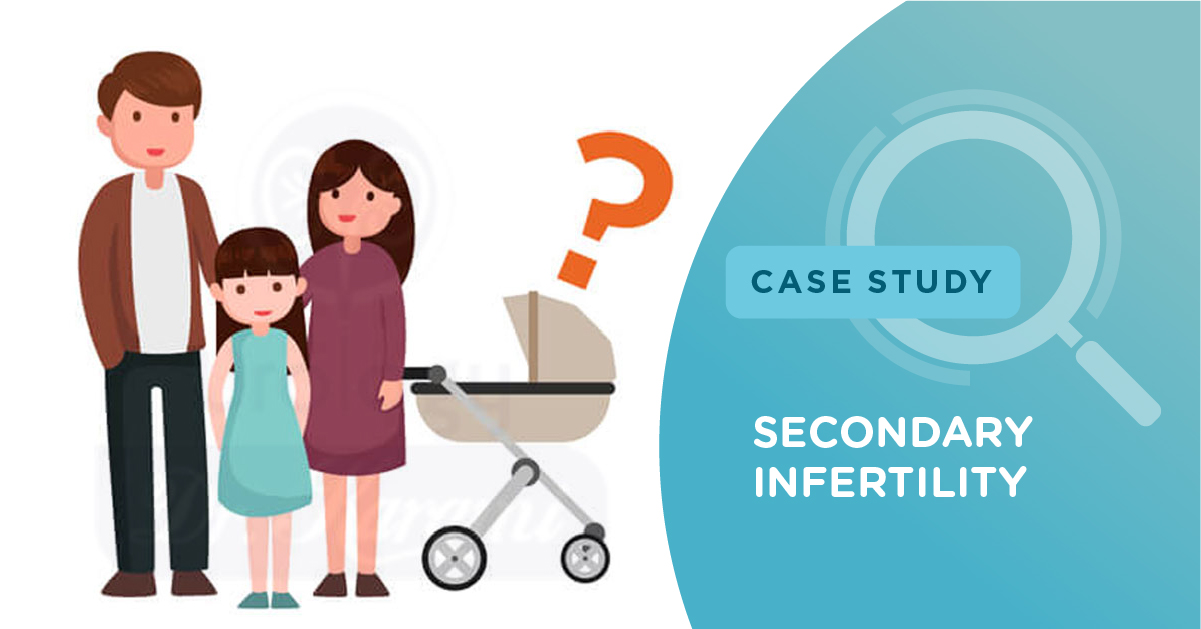
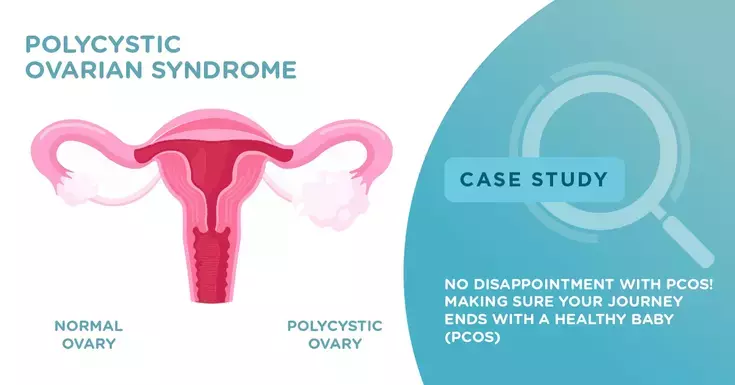






Add new comment